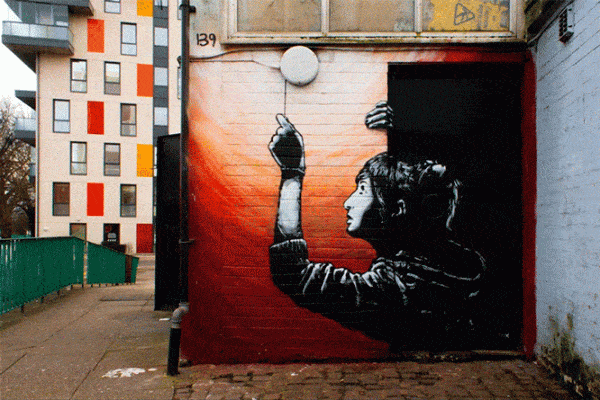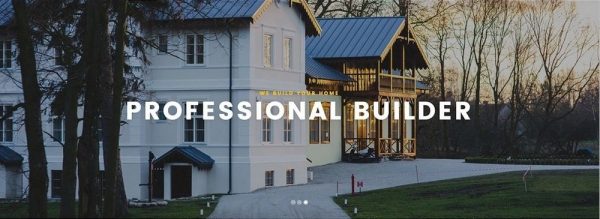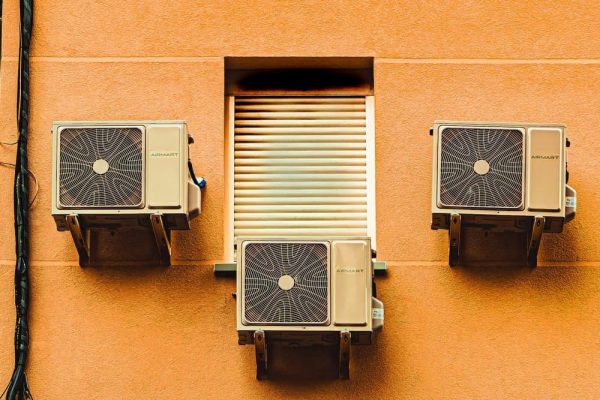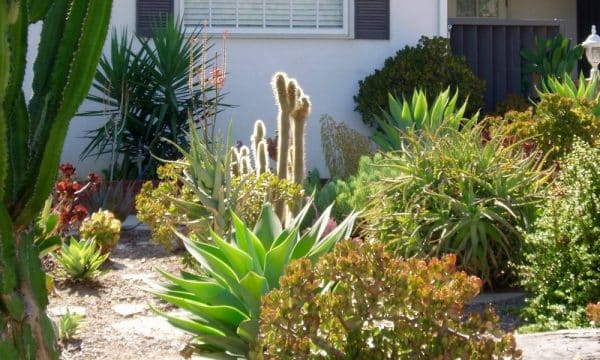
Maintaining a Green Roof is a significant environmental responsibility and increases a place’s aesthetic appeal. Green roofs are very helpful in providing insulation and conserving biodiversity. So to ensure that they are practical and beneficial for the long term, proper maintenance is required.
The green roof maintenance procedure includes the irrigation system, weed control, plant care, watering, and regular plant inspection. In this article, we will explore the essential steps for maintaining a green roof. Proper maintenance will increase the sustainability of the building and enhance the surrounding environment.
Green Roof Maintenance Procedures
Following are some of the critical maintenance procedures that ensure the green roof’s practicality and longevity. You can get a sustainable rooftop environment by paying attention to all these maintenance procedures.
Watering:
Watering is a fundamental element for the progress and growth of a green roof. You must have a complete plant watering schedule, especially in the dry season. This will help in increasing the moisture of plants for watering. You can use a drip irrigation system or a hand-watering system. This will also help in preventing the waste of water.
Moreover, checking the moisture of soil and maintaining it can lead to the prevention of down and up-watering. Additionally, different types of weather-based controllers are used which help adjust the watering schedule. As a result, it helps in optimizing the use of water.
Weeding:
Weed management is also very helpful for maintaining a healthy and green roof ecosystem. Try to inspect the roof condition and the growth of unwanted plants on the roof as often as possible to prevent any weed growth. An essential way of suppressing weed growth is by adding a layer of mulch that helps contribute to a more sustainable and cleaner green roof environment.
Irrigation:
Install an efficient and accurate irrigation system. Regularly check for clogs or malfunctioning. Also, ensure a uniform water distribution in all the Green Roof parts. This will help in the prevention of overwatering. It is also advisable to adjust the frequency of the irrigation system according to the seasonal requirement. For the hot season, increase the water schedules, while decrease the watering for the green roof in the cold season.
If watering is done in the night or evening, then there is a greater chance of minimizing the water loss because of the evaporation process. Additionally, if you want to move the water directly into the roots of the plants, then use a drip irrigation system. Hence, by implementing an adaptive irrigation strategy, you can ensure that your room receives the correct amount of water
Fertilization:
Fertilization always begins by conducting a soil test regularly before adding any fertilizer. It will help you in selecting the right fertilizer. Choose an eco-friendly and sustainable fertilizer to provide a minimal impact on your Green Roof. Next, ensure that the fertilizer is distributed uniformly across the surface of your green roof.
Also, add microbial supplements with your fertilizers to reduce microbial contamination.
This will help increase the soil health, and as a result, there will be a growth in your Green Roof. After the application of fertilizer, apply water over the complete surface of your Green Roof to facilitate the absorption of nutrients. This will also help prevent root burn. Then, a thin layer of mulch should be applied to regulate the soil temperature and retain the moisture.
Pruning and Plant Care:
The next step is selective pruning, which helps control the plant’s shape. Always focus on any overgrowth or dead branches. Also, make a complete schedule for accurate pruning activities. The early winter or late spring season is favorable for most plants. However, extreme weather conditions and active growth periods are avoided for pruning.
Another important advice to consider is the sterilization of the pruning tools. It helps prevent the spread of diseases in plants. A solution of bleach and water is used in which nine parts of bleach and 1 part of water are included. This solution helps in curing the diseased plants.

Seasonal Green Roof Maintenance
The maintenance of your Green Roof can vary depending on the seasonal requirements. Following are the Green Roof maintenance procedures for all the Seasons
Spring:
- Begin the season with an inspection of your Green Roof and check whether there is any damage from the winter season. Also, check for drainage issues and loose vegetation.
- Then, check for any emerging weeds on the surface of your Green Roof. If there is any debris or weed, remove it to maintain a clean environment.
- Then, apply a slow release and a balanced Fertilizer in the Spring season to support the growth of plants.
- Then, start shaping the plants and pruning them if any area is disturbed because of the winter season, and start growing more plants in that area.
Summer:
- Water is needed as the summer season is hot and there is a high degree of evaporation. So, increase the watering events in the summer season. Also, increase the irrigation schedule to combat evaporation losses.
- Then, check the pest status regularly along with any disease of plants. Try to implement eco-friendly pest control measures to eliminate the pest issues.
- Reapply the mulch to retain moisture. It will also help suppress the weeds and regulate the soil’s temperature.
Fall:
- As the fall season includes falling leaves, the first step is to remove the fallen leaves. Clear the fallen leaves area to prevent drainage blocking and the accumulation of dirty leaves.
- Then spray fertilizer on the whole surface of your green room before the arrival of the winter season. This will help you maintain the Green Roof and make it safe from the cold breeze of the winter season. It will help the plants withstand the cold season.
- The next step is pruning, which includes removing the dead plant material. This helps promote air circulation and will also mitigate the risk of any disease.
Winter:
- If there is too much snow on the roof structures, it can disturb the structure, so it should be removed. This will help prevent the excess weight on the structure of your building while removing the snow so as not to damage the plants in the surrounding area.
- Then ensure that there is no dirt or debris in the drainage systems it will help in removing the water from the roof structure efficiently and will also prevent the condition of ice dams.
- Choosing winter-resistant plants is highly advisable, which will increase the aestheti appeal and be beneficial in terms of functionality.
So, the seasonal maintenance of green roofs not only helps you keep your home aesthetic and environment friendly but also becomes less costly.

Other Factors To Consider for Green Roof Maintenance
Apart from the specific factors, there are some common factors, which goes for almost all varieties of plants.
Drainage Systems: Always clear the drainage systems, including the gutters and downspouts to ensure efficient water runoff. So check the blockages and clogs regularly. This can lead to water pooling and compromise the roof structure.
Wildlife Habitat: Try to create a wildlife habitat and install birdhouses for various animal species. This helps in contributing to ecological balance.
Pest Control: Inspect the plants regularly for any disease present in the plant or not. So, implement pest control measures and integrated pest management strategies. It helps in minimizing environmental impact.
Structural Integrity Checks: Always check the roof’s structure for any leakages or damage. If there is any damage, address all the issues promptly. This will help prevent water infiltration and maintain the roof’s integrity.
Energy Efficiency: Check the compatibility of the green roof with the insulation of the building. For this, try to monitor energy and temperature fluctuations. So, consider adding more insulation layers to optimize energy efficiency.
Frequency of Green Roof Maintenance
- The routine inspections are done monthly to bimonthly to assess the early plant issues.
- The frequency of weed management is bimonthly to quarterly. It is done to maintain a clean aesthetic.
- The irrigation system is maintained weekly to biweekly.
- Pest control is done biweekly to monthly for any plant damage or disease inspection.
- The fertilization process is seasonal, mainly in the late spring or early fall. It is done primarily during the active growing seasons.
- The frequency of Pruning is quarterly to biannual, which includes shaping or trimming the plant for proper plant health.
- Drainage maintenance is done quarterly. Its purpose is to prevent any potential damage or water leakage.
- Structural Integrity Checks are done annually for the inspection of the roof structure.
Conclusion
Green Roof Maintenance is essential for ensuring the practicality and longevity of environment-friendly installations. The green roof maintenance procedures include routine inspections, weed management, irrigation management, pest control, fertilization, pruning, and drainage maintenance. All these maintenance practices help create a natural and thriving green roof environment.








